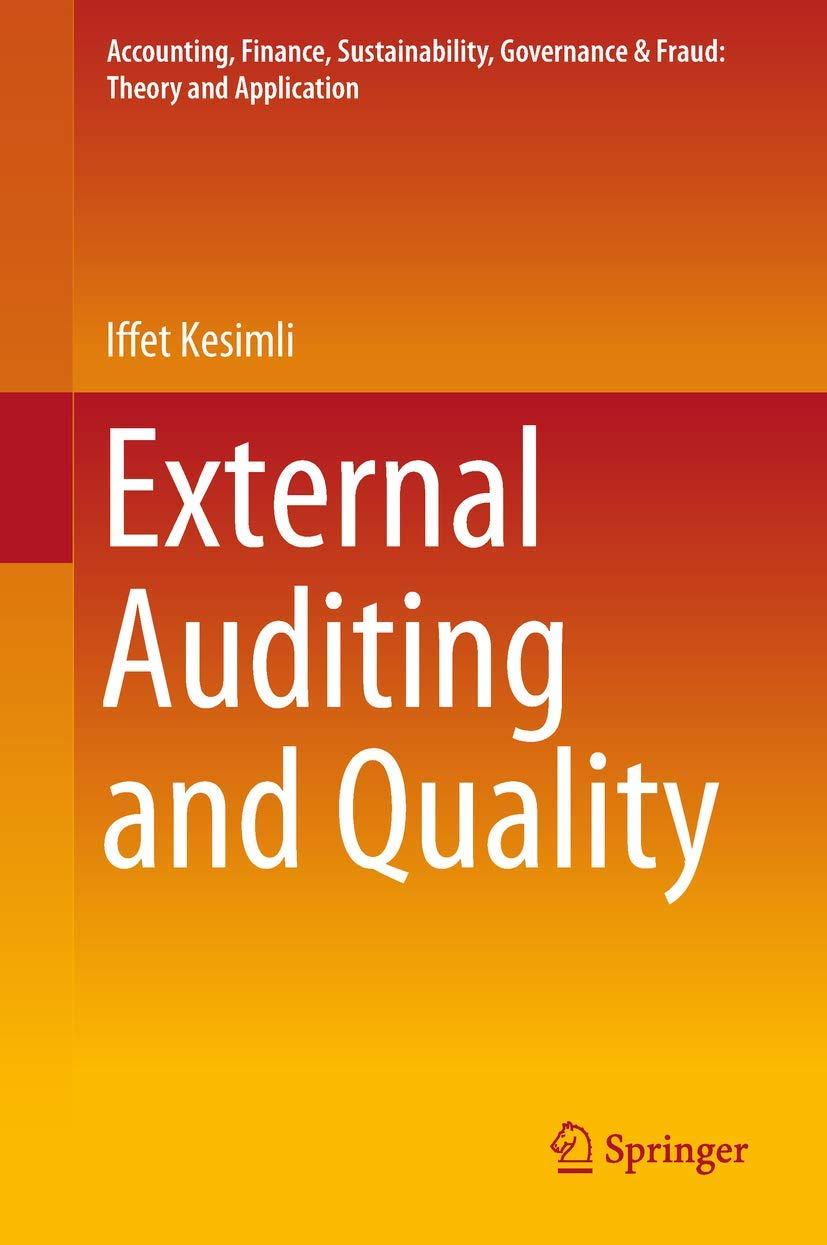Answered step by step
Verified Expert Solution
Question
1 Approved Answer
148 After the time span of the cash budget has been decided upon and pertinent operating and financial factors have been identified, the final step

148 After the time span of the cash budget has been decided upon and pertinent operating and financial factors have been identified, the final step is the construction of the cash budget. The preparation of the master budget is illustrated in Example 17.1. EXAMPLE 17.1 The following data relate to Hypothetical Limited: Balance Sheet as at March 31, Current Year Liabilities Amount Assets Amount Accounts payable 340,000 Cash 13,00,000 (all for March purchases) Accounts receivable Taxes payable 25,000 (all from March sales) 2,50,000 (all for March income) Inventories: Share capital 11,00,000 Raw materials (9,600 kgs x 13) 28,800 Retained earnings 10,26,800 Finished goods (1.800 units x 835) 63,000 Fixed assets: Cost 320,00.000 Less: Accumulated depreciation (4.50,000) 15,50,000 21,91,800 21,91,800 2. Sales forecasts. Assume the marketing department has developed the following sales forecast for the first quarter of the next year and the selling price of 50 per unit. Month Units sales April 9,000 May 12,000 June 16,000 3. The management desires closing inventory to equal 20 per cent of the following month's sales. 4. The manufacturing costs are as follows: Direct materials: (5 kgs x 13) (per unit) 315 Direct labour 5 Variable overheads Total fixed overheads (per annum) 7,20,000 5. Normal capacity is 1,20,000 units per annum. Assume absorption costing basis. 6. Each unit of final product requires 5 kgs of raw materials. Assume management desires dosing raw material inventory to equal 20 per cent of the following month's requirements of production. 7. Assume fixed selling and administrative expenses are 20,000 per month and variable selling and administrative expenses are 35 per unit sold. 8. All sales are on account. Payment received within 10 days from the date of sale are subject to a 2 per cent cash discount. In the past, 60 per cent of the sales were collected during the month of sale and 40 per cent are collected during the following month. Of collections during the month of sale, 50 per cent are collected during the discount period. Accounts receivable are recorded at the gross amount and cash discounts are treated as a reduction in arriving at net sales during the month they are taken. 9. Tax rate is 35 per cent. 10. Additional information: (a) All purchases are on account. Two-thirds are paid for in the month of purchase and one-third, in the following month. (b) Fixed manufacturing costs include depreciation of $20,000 per month. (c) Taxes are paid in the following month. (d) All other costs and/or expenses are paid during the month in which incurred. From the foregoing information prepare a master budget for the month of April only. 9
Step by Step Solution
There are 3 Steps involved in it
Step: 1

Get Instant Access to Expert-Tailored Solutions
See step-by-step solutions with expert insights and AI powered tools for academic success
Step: 2

Step: 3

Ace Your Homework with AI
Get the answers you need in no time with our AI-driven, step-by-step assistance
Get Started


